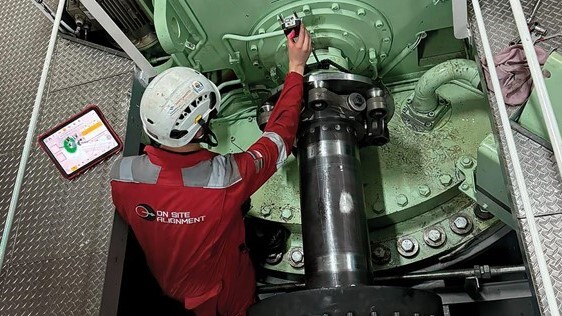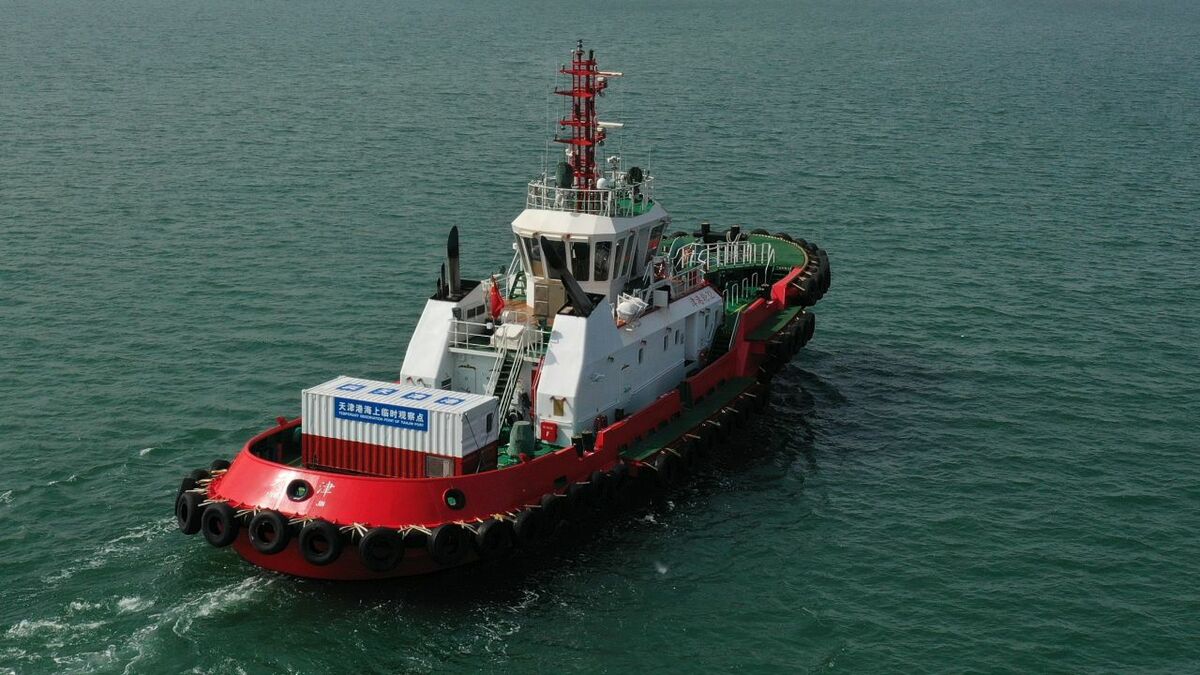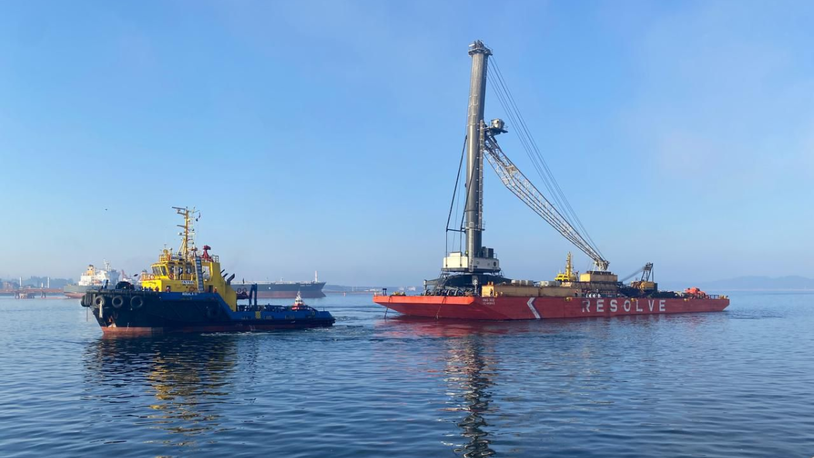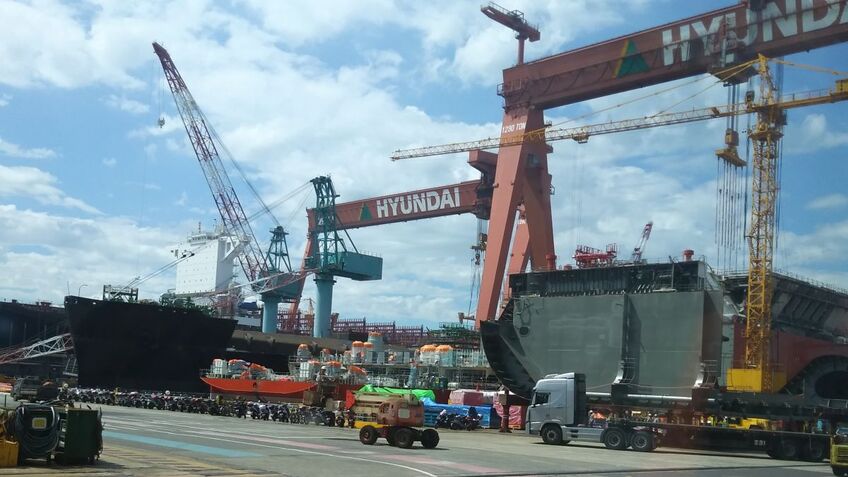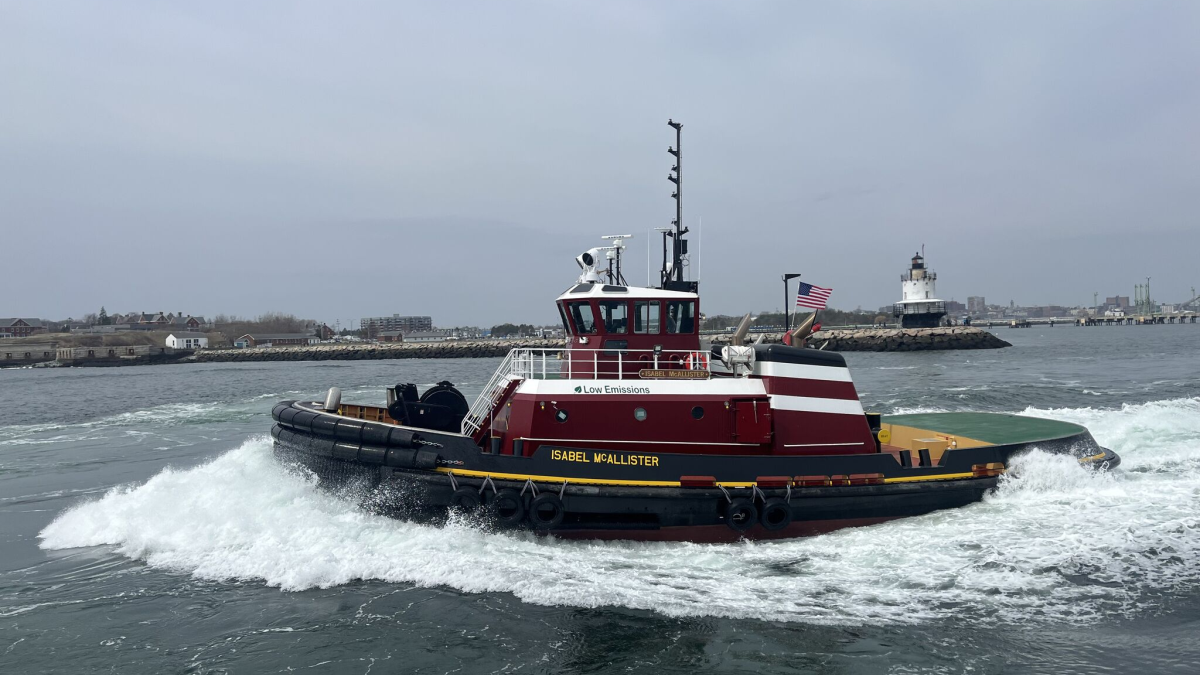Business Sectors
Events
Contents
Tugs fitted with unique quarantine and hybrid propulsion
Two tugs designed by Robert Allan have unique additions for safe, secure and green operations
Tianjin Port has installed an accommodation container on a Robert Allan-designed tug to quarantine crew during the ongoing coronavirus crisis.
Ship escort and pilot tug, Jin Gang Lun 32 has a furnished container on its aft deck as an isolation and temporary quarantine facility.
The air-conditioned container is fitted with basic living facilities including a sofa settee, bed, potable water and toilet.
It has safety appliances, medical kit and two receptacles for medical emergency equipment.
Robert Allan said there are large watertight windows in the renovated container to provide a relaxing atmosphere for the occupants.
Jin Gang Lun 32 is one of a pair of ice-breaking azimuth stern drive (ASD) tugboats built by Zhenjiang Shipyard in Jiangsu Province as the first intelligent vessels in China.
They have the CCS Class notation of “i-Ship”, with sub-notations of N-intelligent navigation; M-intelligent machinery space, E-intelligent energy management and I-intelligent integral platform.
Jin Gang Lun 32 was built to Robert Allan’s ASD 40-35 design with CCS’ requirements for lower emissions, vibration, noise and energy consumption.
Meanwhile, Sanmar has started manoeuvring ships with a new tug fitted with the world’s first advanced variable drive (AVD), which reduces emissions.
This is a unique application of hydro-mechanical hybrid propulsion in the marine segment, with technology supplied by Caterpillar, fitted on Sanmar-built and operated, Robert Allan-designed, tugboat Bogacay XXXVIII. This was introduced into Sanmar’s operated fleet recently and is assisting ships in Izmit Bay, Turkey.
Sanmar vice president Ali Gürün said this tug is “improving the quality and efficiency of our operations in Turkish ports”.
A primary advantage of Caterpillar’s AVD system is the continuously variable transmission, which can modulate propeller speed down to zero revolutions by a slipping clutch.
AVD can also spin the propeller faster than would be possible if the engine was directly coupled to the drive. This enables engines to operate in their peak efficiency zone instead of operating along the propeller demand curve at higher specific fuel oil consumption resulting in significant fuel savings.
With a fixed-pitch propeller pitched for bollard conditions at zero knots, this feature enables full power to be taken from the engine when free running, much like controlled-pitch systems.
Hybrid propulsion solutions will be presented during Riviera Maritime Media’s Maritime Hybrid, Electric and Fuel Cells Webinar Week, from 1 June 2020
Related to this Story
Events
Maritime Environmental Protection Webinar Week
Cyber & Vessel Security Webinar Week
The illusion of safety: what we're getting wrong about crews, tech, and fatigue
Responsible Ship Recycling Forum 2025
© 2024 Riviera Maritime Media Ltd.

